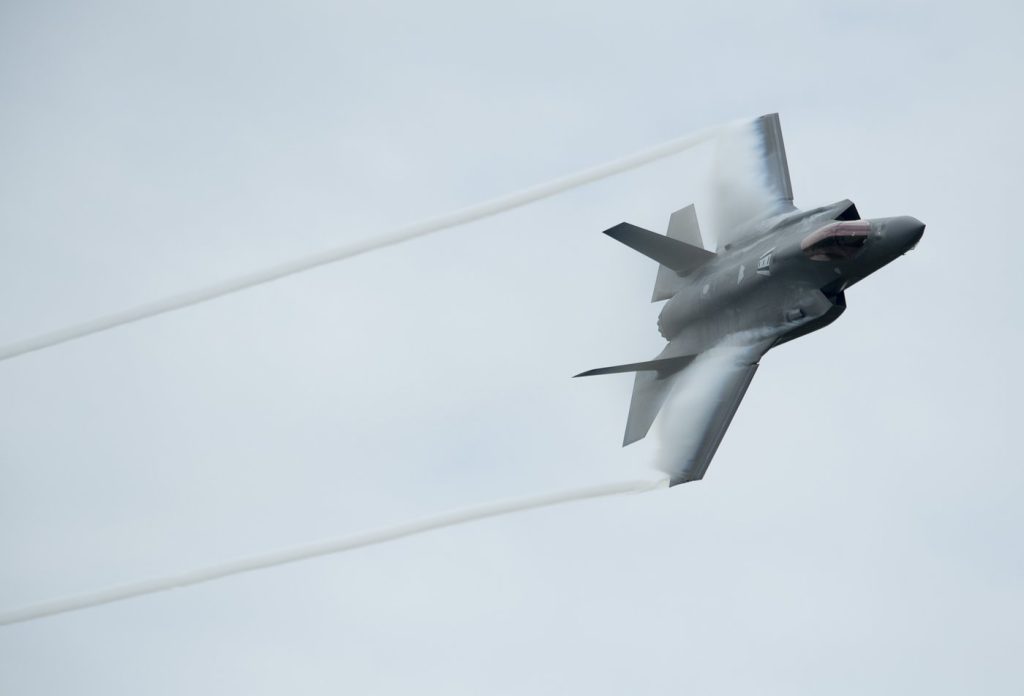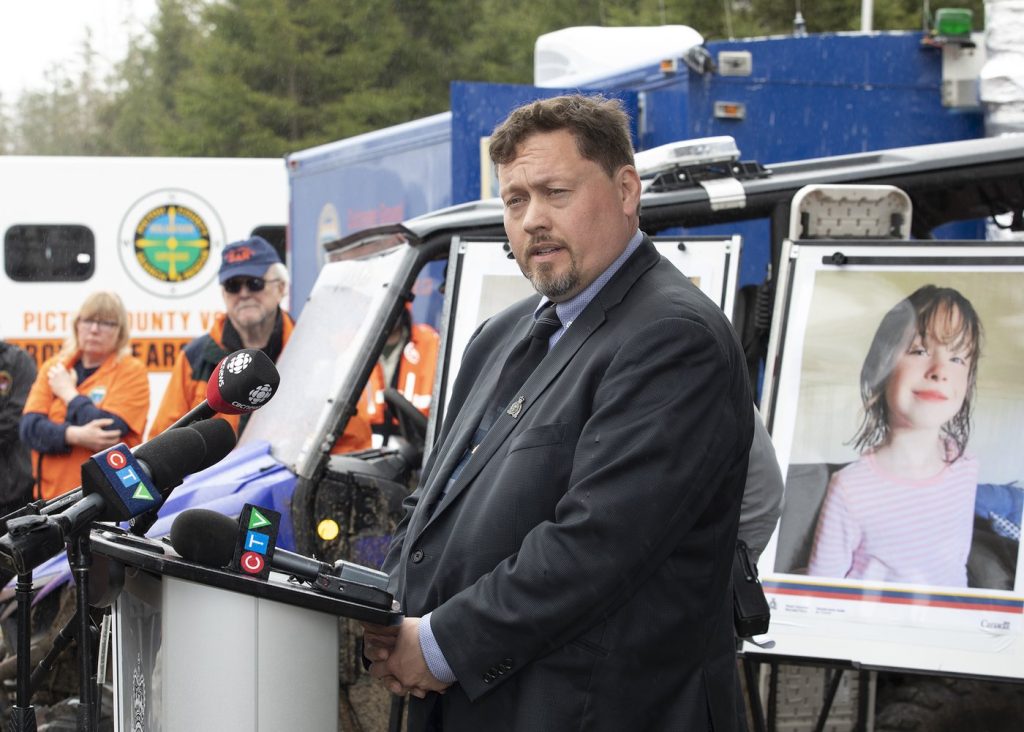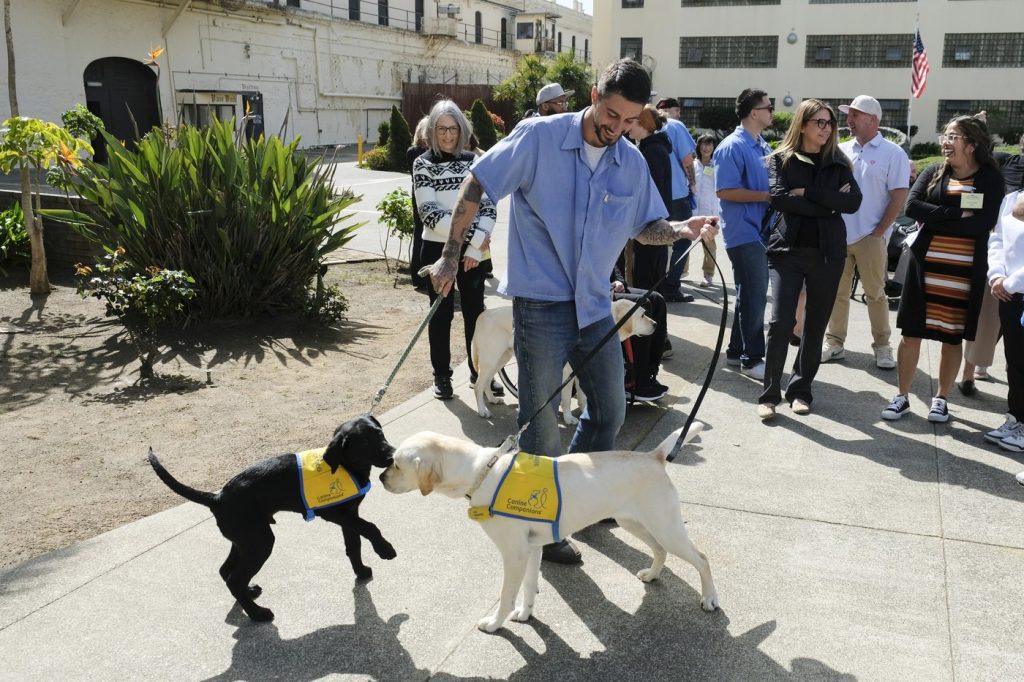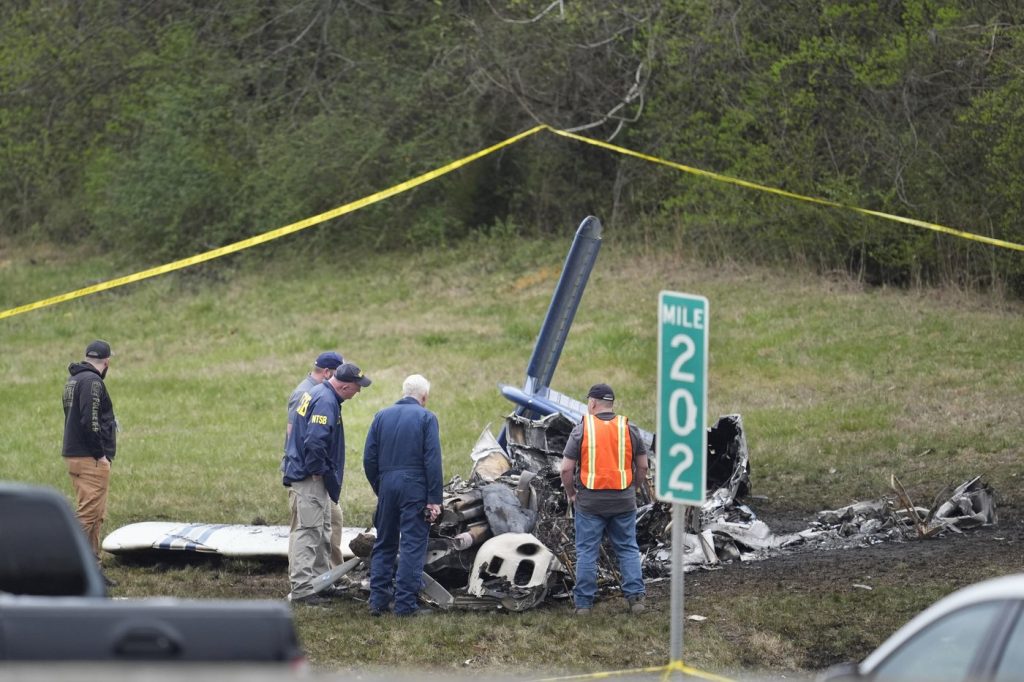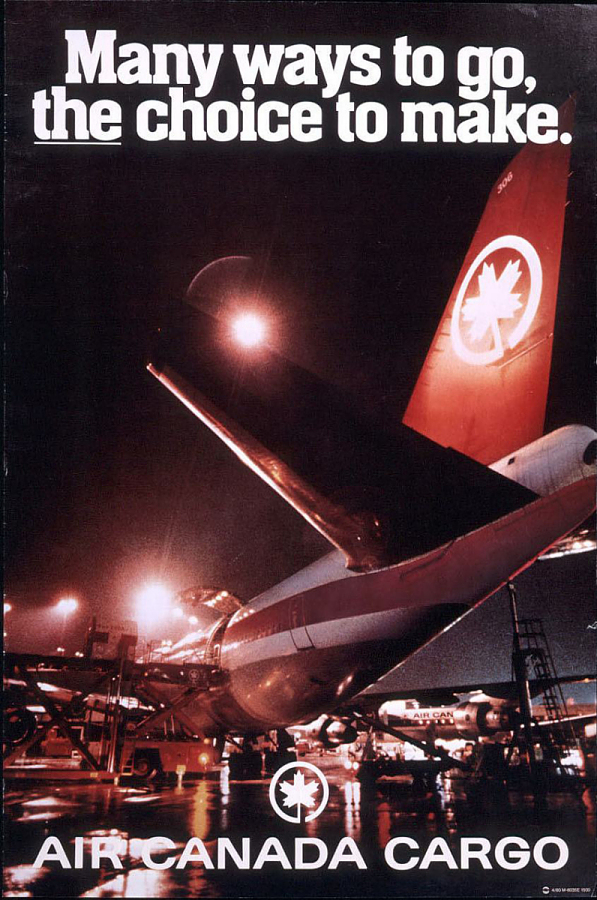OTTAWA - The Department of National Defence in Canada is considering the integration of uncrewed combat aircraft to enhance its incoming fleet of F-35 fighter jets. Unclassified documents obtained by The Canadian Press reveal that the department is actively researching various options for acquiring this emerging technology.
The projected cost for a fleet of aerial combat drones capable of operating alongside fighter jets could be as high as $16 billion, along with the requirement for hundreds of additional staff. It's essential to note that this estimate represents the upper range of potential costs, and the overall price and other aspects of the technology remain uncertain. The mere fact that the Canadian government is exploring combat drones does not guarantee any purchases will be made.
David Perry, president of the Canadian Global Affairs Institute, emphasized the importance of understanding how Canada’s closest military allies are utilizing similar technologies. He pointed out that combat drones could provide the Royal Canadian Air Force with greater flexibility in contributing to allied operations and could serve as a force-multiplier that enhances the overall capabilities of the air force. Furthermore, these drones are typically less expensive than traditional fighter jets.
Perry remarked on a broader trend in Western military investment, highlighting the shift towards expensive but high-precision fighter aircraft. These advanced jets, while capable of extraordinary feats, often come at such a high cost that militaries are unable to procure them in large numbers. The introduction of uncrewed vehicles could address this issue by increasing numerical strength, thus overwhelming opposing forces more effectively.
He also referenced the ongoing conflict in Ukraine, where Russia has launched extensive attacks using drones and missiles, suggesting that a larger number of combat drones could complicate defensive operations for adversaries.
Historically, neither Canada nor its allies have deployed unmanned aerial combat drones in conjunction with crewed fighter jets. Daniel Norton, a senior management systems analyst at the RAND Corporation with over thirty years of experience in modernization studies for the U.S. Air Force, noted that the kind of drones Canada is exploring would typically be smaller, significantly less expensive if procured in bulk, and designed for use in scenarios where crew risk must be minimized.
Known as “collaborative combat aircraft,” these drones are tailored to operate autonomously in many aspects, such as targeting and flight, while still having human oversight. Future iterations of this technology may even exhibit fully autonomous operational capabilities. These drones could carry various payloads, including sensors, jammers, or weapons, as well as serve as decoys in combat situations.
According to Norton, it is unlikely that these advanced platforms will see battle deployment in any country prior to 2030. “I’d be surprised if it happened sooner,” he stated.
The Department of National Defence alluded to the potential for such platforms in its most recent defence policy update, highlighting the government’s commitment to explore options for acquiring a combination of surveillance, strike drones, and counter-drone capabilities. An internal analysis indicated that pursuing wholly Canadian-made fighter drones was not feasible.
One possible strategy involves Canada collaborating with partner nations to develop new systems. Several nations, such as Australia and the U.S., are already developing similar aircraft. The analysis pointed out that there would be potential benefits for Canadian aerospace firms by entering the development and production of advanced weapon systems.
As of now, no off-the-shelf versions of these drones exist, but several are under development, including Boeing's MQ-28A "Ghost Bat" for Australia, General Atomics' YFQ-42 in the U.S., and Anduril's YFQ-44A, with the latter two expected to advance to flight testing soon.
Notably, both the U.S. and Australian air forces currently utilize F-35s, and various initiatives for collaborative autonomous aircraft are ongoing in Europe as well. Recently, Lt.-Gen. Jamie Speiser-Blanchet, the new commander of the Royal Canadian Air Force, indicated that the military is already examining future capabilities in light of the rapid advancements in drone warfare, affirming, “It is absolutely something that is on our radar and something that we need to be prepared for in the future.”
Additionally, in March, Prime Minister Carney ordered a review of Canada’s plan to acquire a fleet of F-35 fighter jets due to the trade conflict with the U.S. The Canadian government is expected to make a decision regarding the procurement project by the end of summer. The estimated cost for the planned purchase of 88 F-35 stealth jets is projected at $27.7 billion, although Canada has only committed funding for the first 16 jets as of now.


